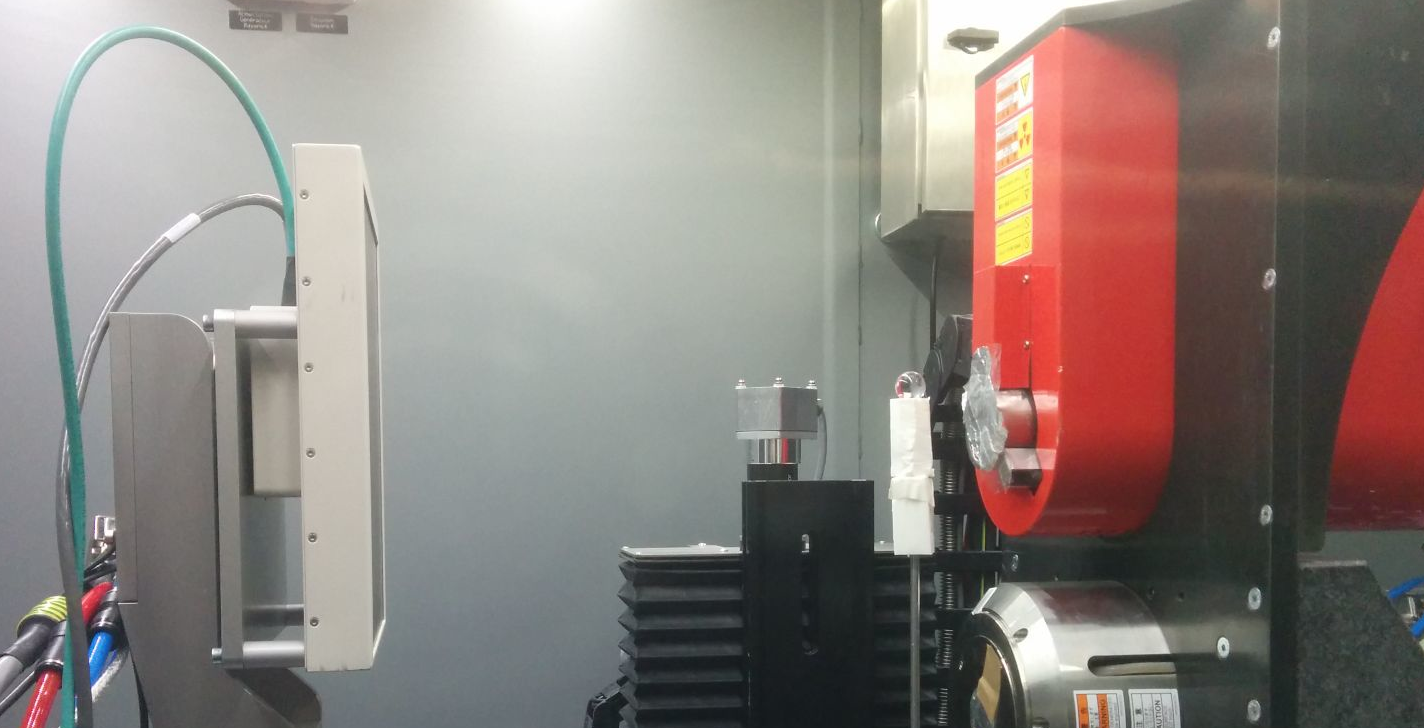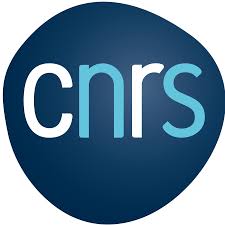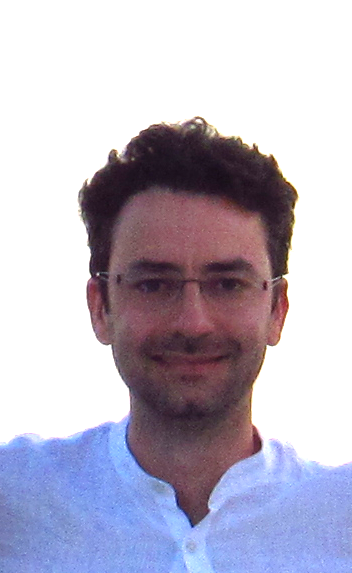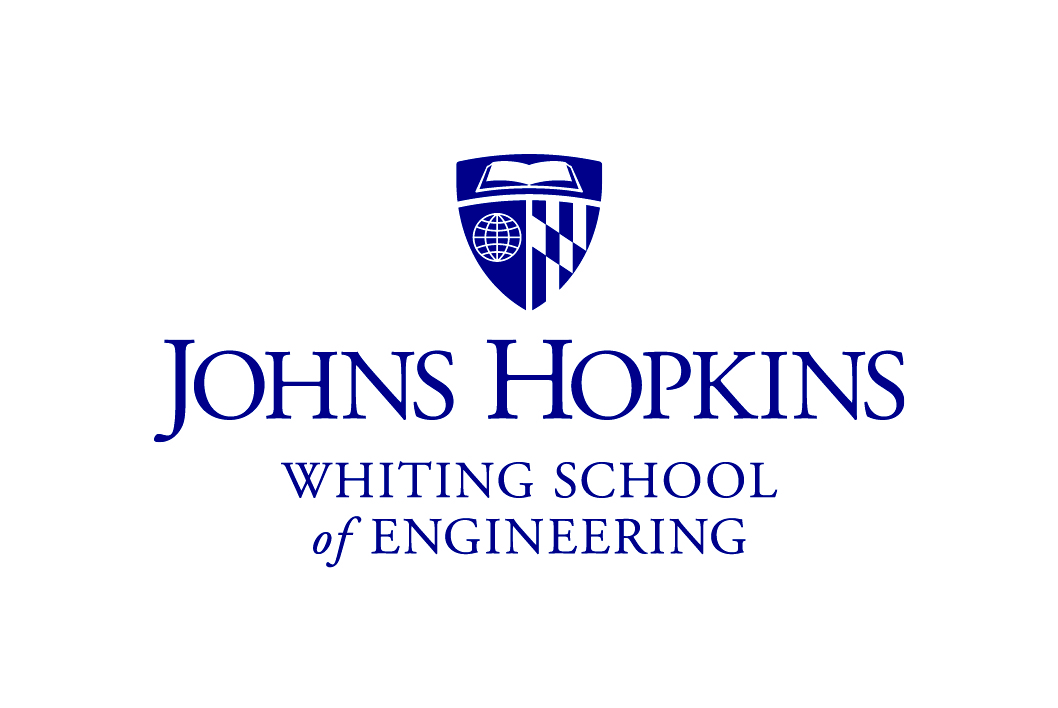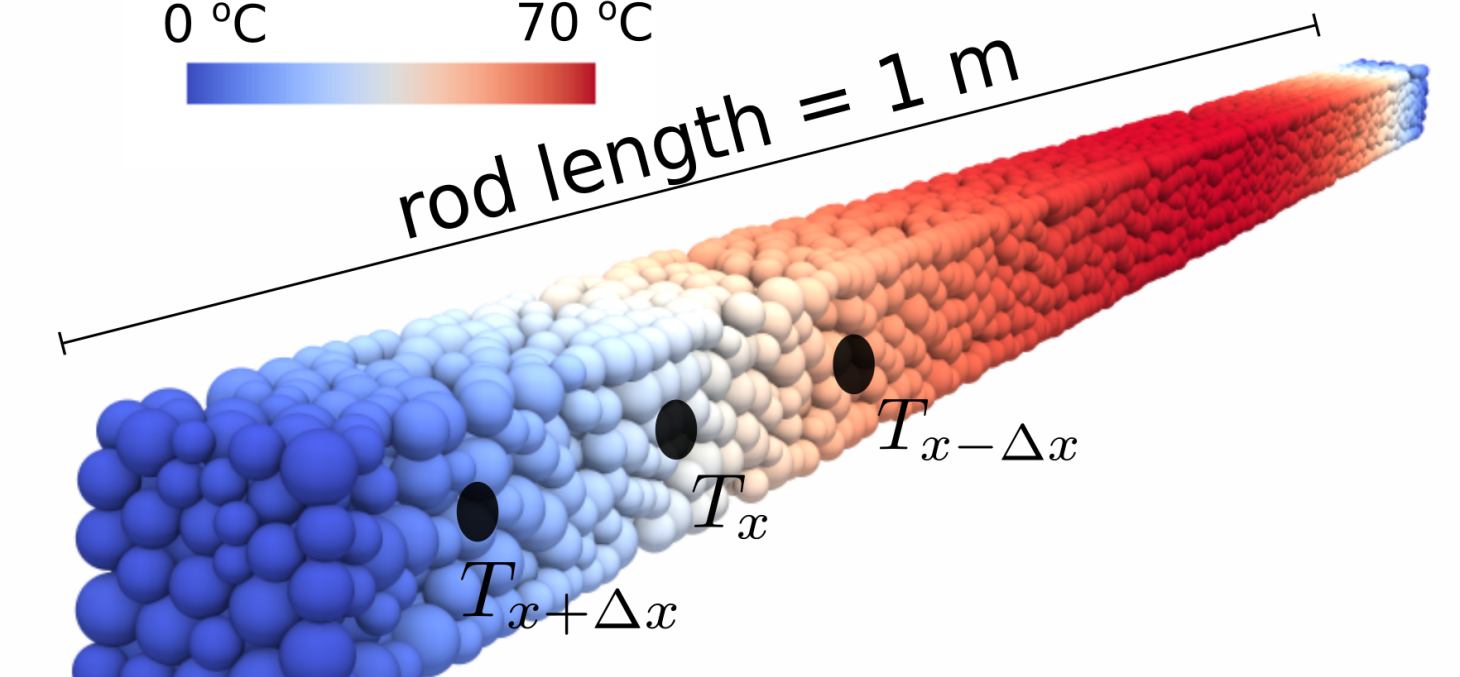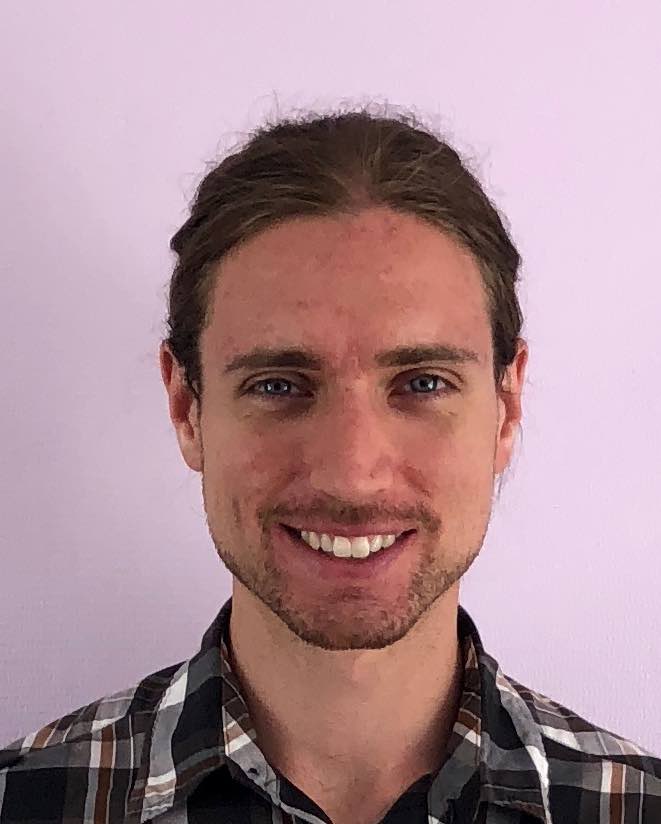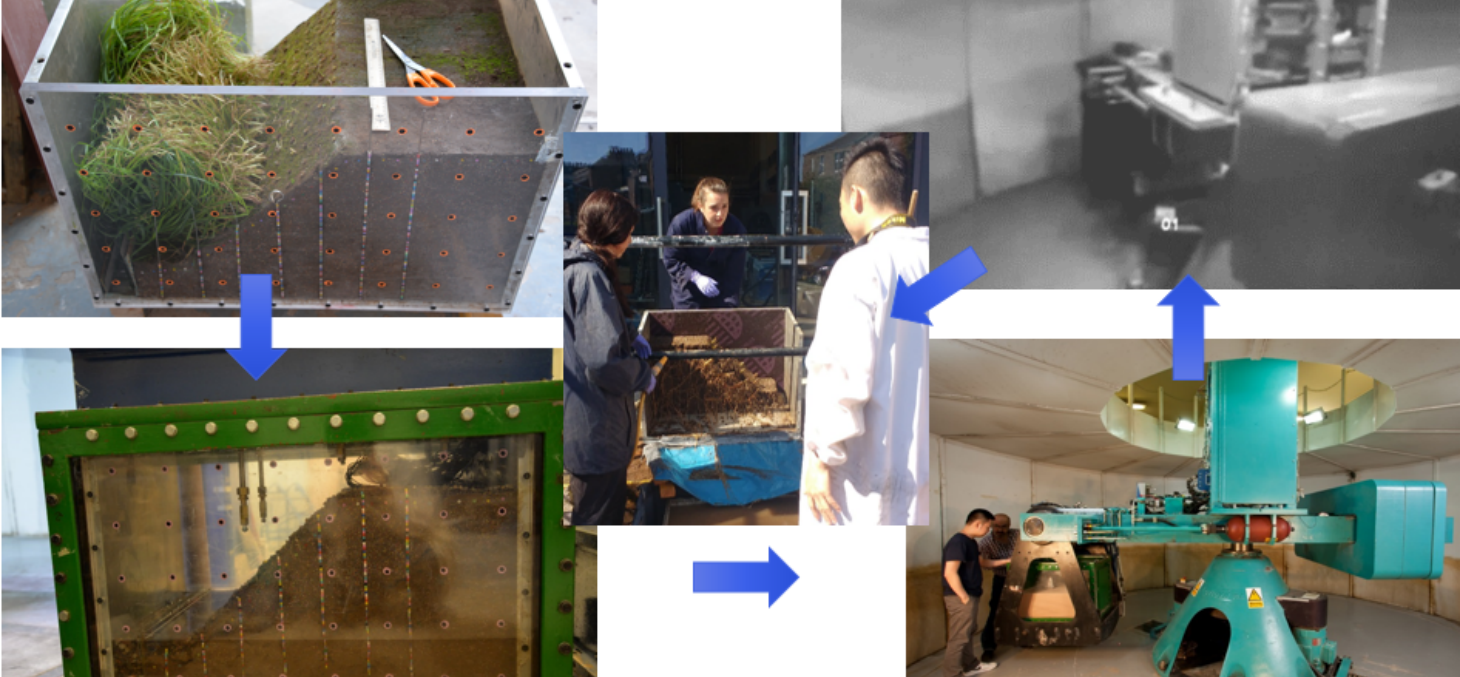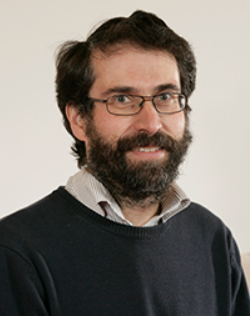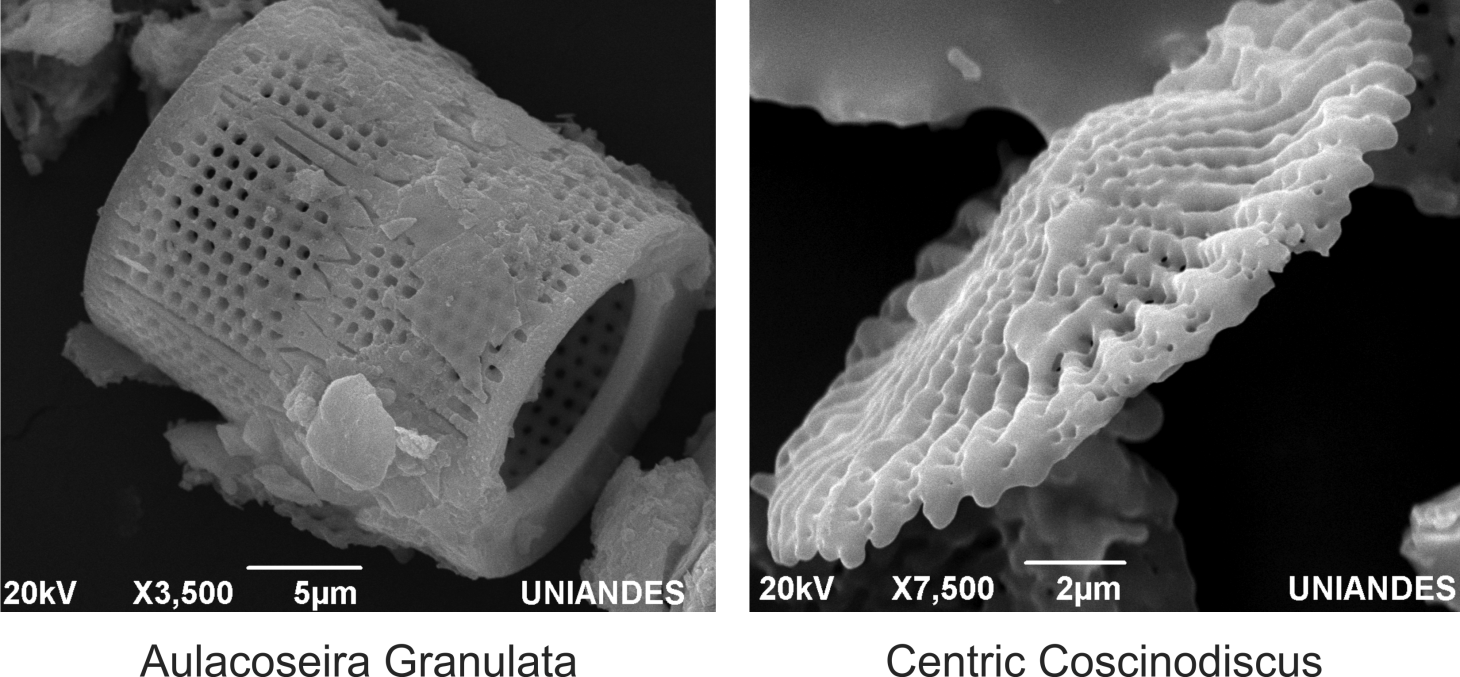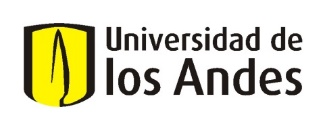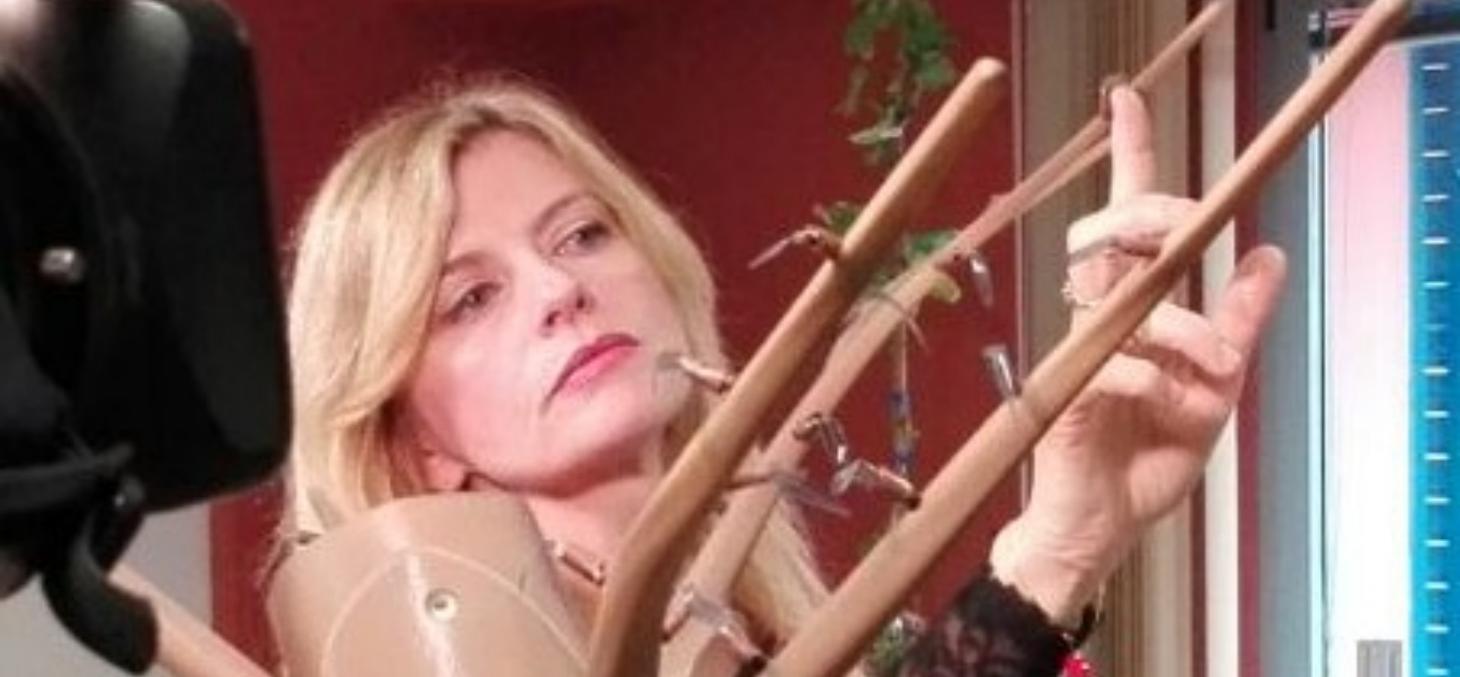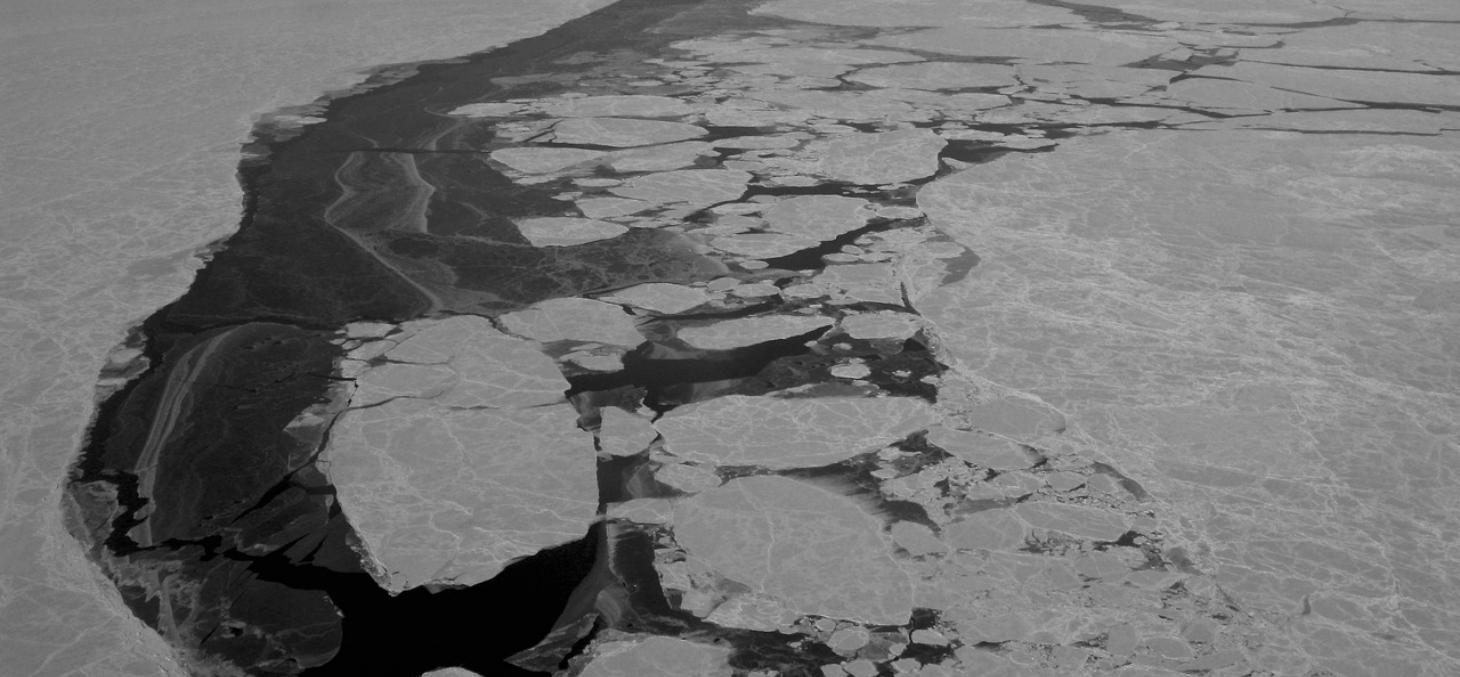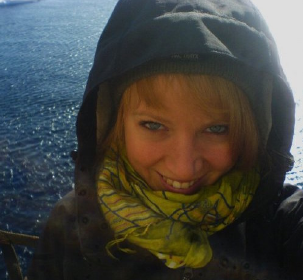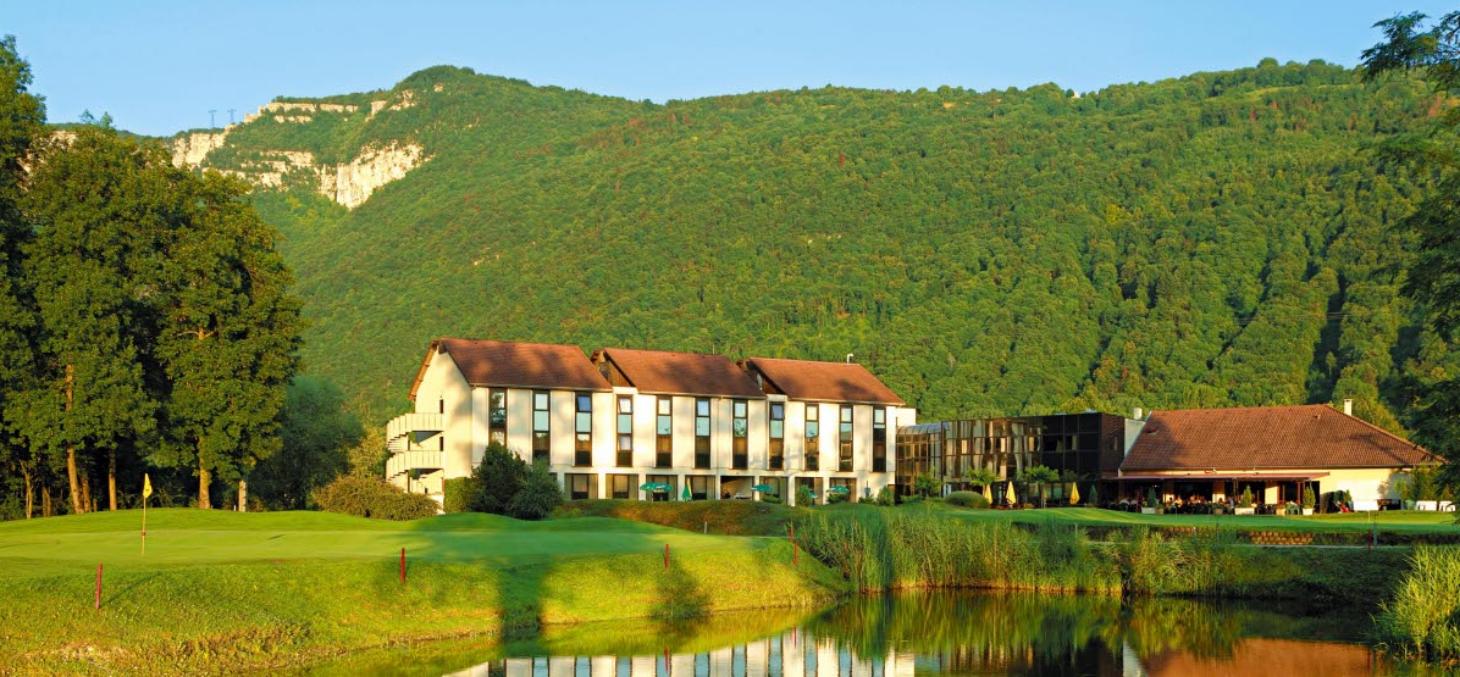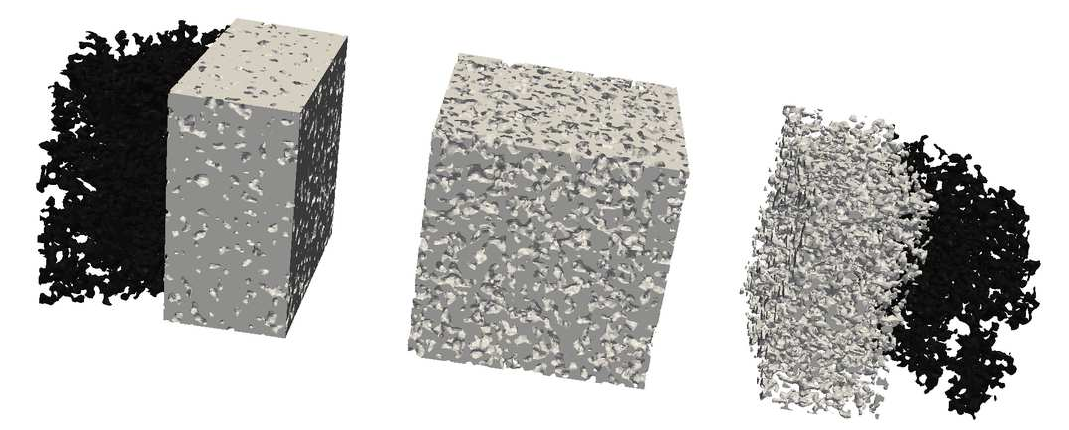Edward Andò
14:00
Goodbye tomography: positioning monodisperse spheres in 3D with a single radiography and divergent beam
Tomographic imaging of granular materials at the grain scale is a fantastic tool to learn about granular kinematics. There are however limitations in the temporal resolution imposed by the requirement to stop and turn. Here we study an initially simple granular system (monodisperse spherical particles) with a new technique and prove that we can acquire 3D displacements at 60 Hz.
So what was Eddy doing during the confinement? With finally a little bit of free time, and along with Benjy Marks (University of Sydney) and Stéphane Roux (ENS Paris Saclay), this long-standing work has been given a boost. Using the strong a-priori knowledge of the size and shape of particles, a positioning algorithm (position reconstruction?) using a single projection from a divergent x-ray source like the one we have in the lab, has been developed. This essentially means that factors of hundreds can be saved in the acquisition, opening the way to imaging of granular flows.
